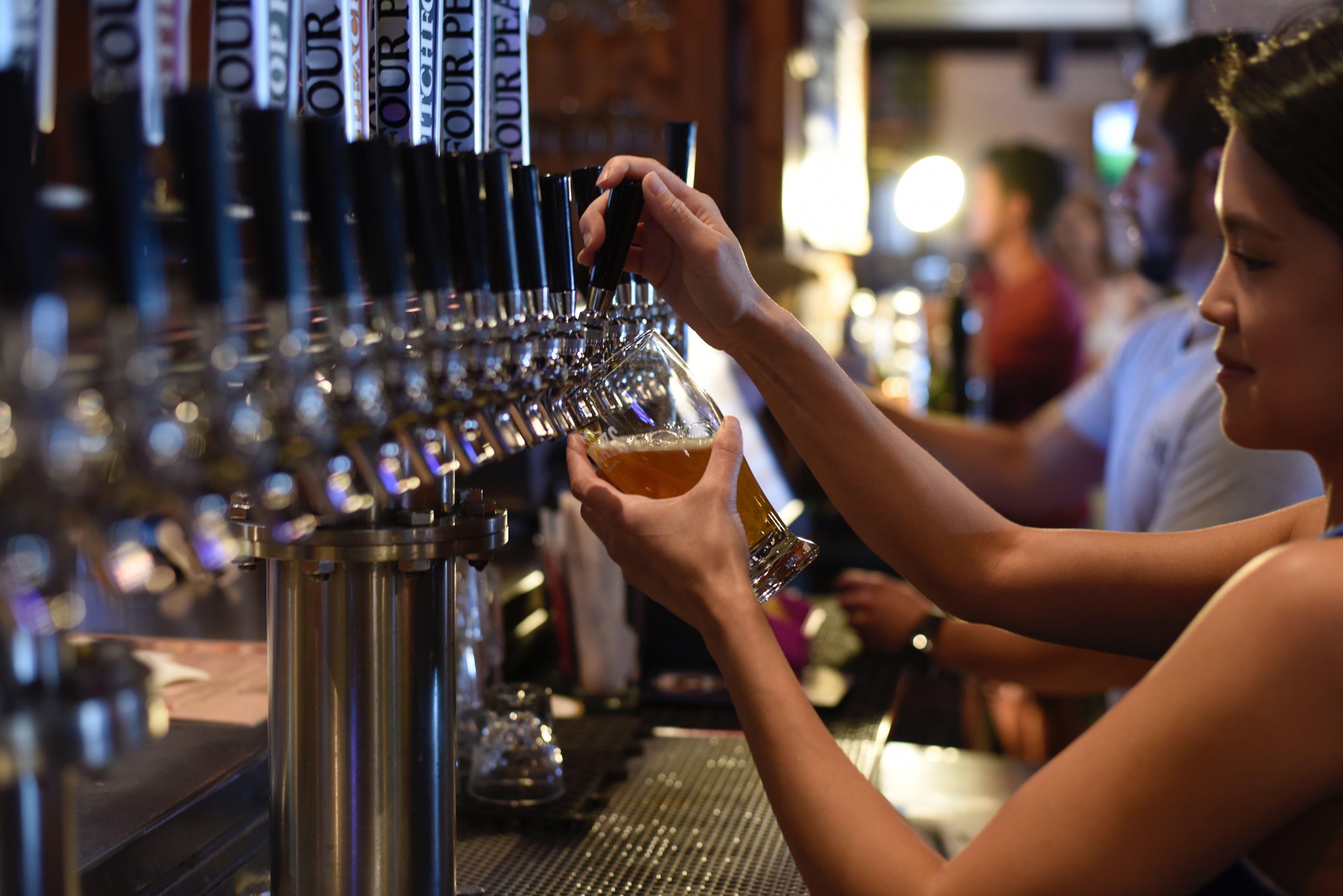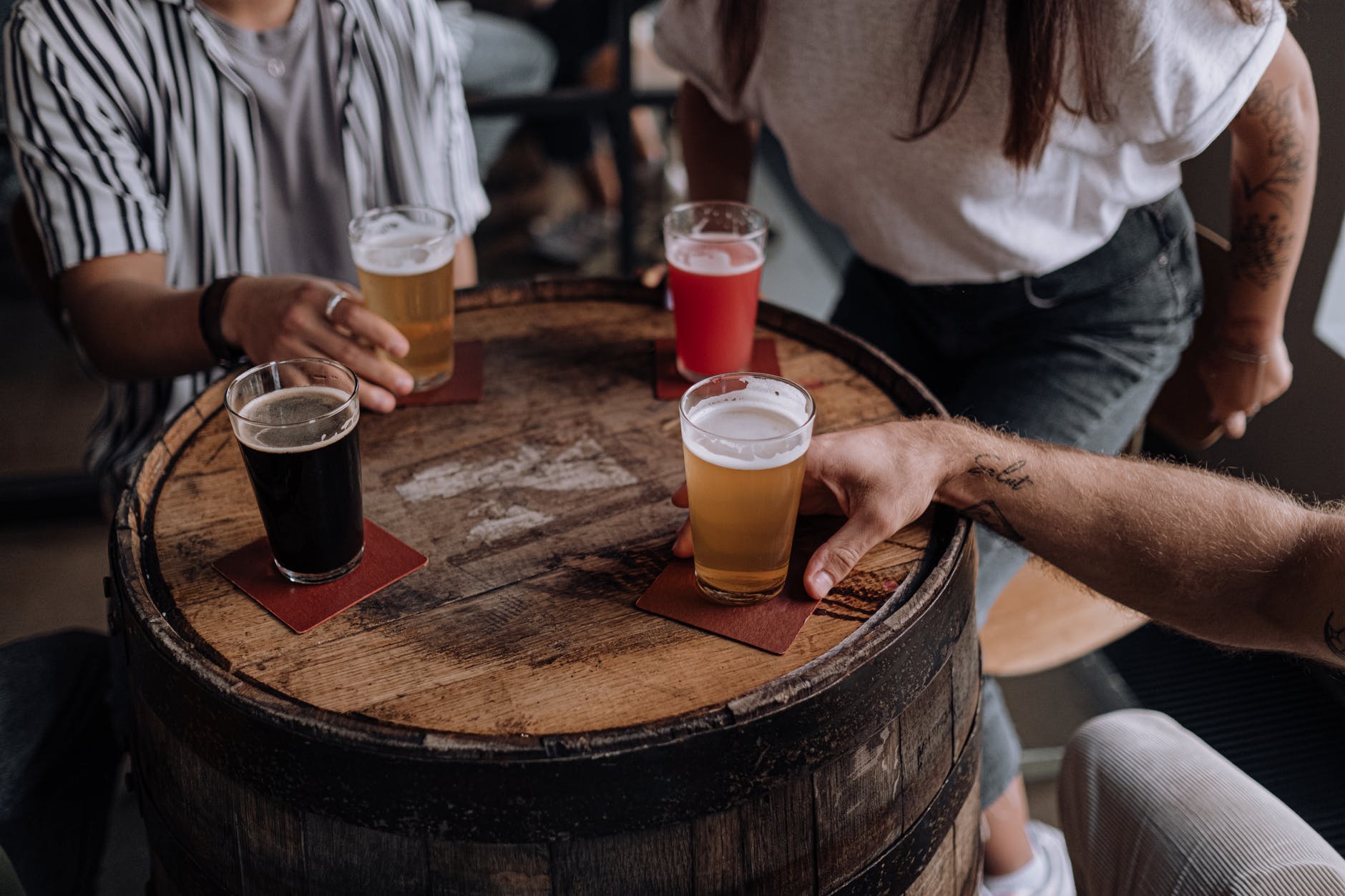The beer boom is expected to expand throughout 2017 and beyond. If your taste in beer has been progressively improving from the typical larger to the trendiest craft beers, you are probably in for a treat as brewers have a lot of goodies in store for 2017. The number of craft beer breweries has increased over the years, thanks to the high demand. The boom began after the government put in place legislation to allow breweries to produce any amount of beer possible within their capacity. The future of craft brewing looks bright from state to state, and it is likely to give the federal government revenues, which will improve the economy exponentially. The growing economy has unleashed a wave of new entrepreneurial heads who are looking for fun and exciting ways to spend their money. The brewing industry will benefit from this new trend as its potential is great and promising. The breweries are cropping up from side to side, thanks to millennials’ obsession with craft beer.

The Craft Beer Boom
The craft beer boom has no signs to slow down, according to Beer Institute study. The beer Institute study found out that the overall beer industry contributed a lot of money to the Canadian economy. The brewers and distributors, together with retailers and importers, have an important role to play in ensuring that the beer industry remains at the top. Statistics show that consumer preferences are in tandem with the impact of beer brewing on the national economy. The market is still ready for more breweries, and as it is, this will make a booming 2017 in terms of breweries and craft beer. Additionally, the production volumes are expected to go up. However, there was a lower growth rate last year. Production levels reduced from 16% to 8 % for the same period. This drop was mostly attributed to new investors buying out craft breweries with no intention to grow the craft brewing arm of the breweries. Non-craft companies, even when producing craft beer, are not considered as craft. The opening of new breweries, on the other hand, will ensure that this does not happen by the end of this year. The volume lost will be recovered, and the breweries will improve this production volume. The growth trajectory of the craft industry as a whole will be positive if all things considered going as planned.
The Brewers’ Association of Canada indicates that Canadian brewers are ready for what has to be done to ensure domestic brewing can competitively compete with other brewers across the globe. This was cemented in the free trade negotiations between American and Canadian breweries to ensure free trade. It was a move to ensure that Canada would be able to import and export its products without much hassle. The goal is to revitalize the economy step by step through brewing. It is not like people are drinking more – they are just choosing to drink better and drink locally brewed beer. Consumers see this as a chance to bolster the community and in some way contribute to the economy.
The Future of Drinking
The future of drinking lies in the constituents of a drink and the impact it has on the social and economic ways of living. It is because consumers are more aware of what they want – tastes and preferences play a critical role in the choice of drink. Craft beer has introduced a new trend in beer drinking as consumers continue to identify with drinks that suit their tastes and preferences. As such, craft beer has attracted new markets in young women and non-jock men who previously did not appeal to the beer market. The demographic preferences will continue to influence future beer trends. The highest consumers of craft beer range between 21 and 35 years of age. The millennial demand for craft beer is mainly influenced by variety, quality, and demand for local products, unlike previous generations. Increasing demand for local products and the need to explore different tastes continues to encourage local manufacturers to enter into the industry. Craft beer has also emerged as an alternative to wine, consequently attracting older consumers. As the wine industry continues to be stagnant, many boomers are discarding wine and shifting to craft beers which provide them with the unique flavors tastes that they crave for.
Similarly, pricing continues to play a fundamental role in influencing the type of craft beer that millenniums purchase. Millenniums are the largest consumers of craft beer and are limited to affordable drinks when making purchases. Affordable craft beers continue to attract this particular demographic who are serial beer enthusiasts.
The Canadian Beer Market
The Canadian beer market has also been hit by the social media wave as millenniums share their experiences on Facebook and Twitter. Untappd social media app allows interaction between beer enthusiasts to review the drinks they like and discover the closest breweries, restaurants, and pubs that they can acquire those exact brews. Using the social media app, beer enthusiasts share their experiences and encourage each other to try out different craft beers. In addition, enthusiasts can easily locate restaurants and pubs that have their beer of choice. A survey on drinking trends of millenniums identifies Untappd as influencing beer lovers in the identification of spots that sell certain craft beers, consequently encouraging people to explore the different flavors offered by beer. The trend has seen Canadian beer culture overlook the mass-produced brands in favor of craft beer. In Canada, beer consumption dropped by 6%, but craft beer servings in pubs and restaurants have risen by 7% since 2014. According to Ontario Craft Brewers, craft beer boasts of growing sales of between 20% and 30% annually, thus making it the fastest-growing segment in the beer category. Experimentation is key in brewers’ development, with the trend being linked to a return of classic beer brewing styles. Brewer’s creativity is explored as brewers develop new tastes and flavors through the adoption of traditional beer styles to provide finesse in their beers. According to Ontario Craft Brewers, the aim is to catch the attention of the curious beer enthusiasts who want to relate to their favorite choice of beer.
Social trends continue to influence the demand for craft beers in 2017, with statistics showing an increase in consumer experimentation and a continuous lack of brand loyalty by customers. These trends continue to provide support for the growth of the industry in the coming years. Consumer behavior trends show that consumers are on the lookout for new flavors hence the newest brand or tastes influence the popularity of the brewer. Canadian Millennials and Beverage Alcohol survey establish that while consumers might display a few personal favorites, they tend to drink something new each time they go out for drinks. In the past, brand loyalty gave established brands a market advantage over upcoming brands, which made it difficult for craft beers to compete against international brands. However, the shift in market trends has provided exponential growth in the craft beer industry.
Research indicates that quality is a significant determining factor. The customer base has been identified as disloyal to brands and always in search of new tastes, hence, such a clientele cannot settle for poor quality. While the different flavors determine the growth of brands, it is the quality that determines which brand will last. Thus, if the taste of the beer is not good, clients will fail to buy the beer and immediately shift to their competitors. Current trends dictate that variety is what is driving the craft beer business. As with every other trend, this might change in the future as people start to identify with particular brewers. As a result, people would stop experimenting and start developing preferences of existing brands and rotating between their favorite brands. Craft breweries would continue to provide demand, but its growth would be stagnant, which will prove difficult for new brands to enter the market as before. Quality would be the deciding feature, determining which brewery lasts and which one dies away, just as evidenced by the 90s recession of the craft beer industry. Thus, consistency in the quality of beer would be critical in case harsh times hits the craft beer industry again and consumer trends change.

Canada’s Growth In The Craft Industry
Canada’s growth in the craft industry is driven by the continuous need for new flavors and the demand for local products. Customers lack brand loyalty – they just want different tastes, consequently giving beer brewers equal opportunity in the market. As such, even bad beer can outsell great beer due to this trend, hence, brewers are not pressurized to produce quality beer. The continuous need for new tastes is not only limited to Canada but is a developing global trend. As a result, breweries have a growing market in Europe for craft beers, and they can thus increase their products through exports. However, with the increasing number of breweries, quality will play a significant role in determining which brewer lasts in the market. Inconsistent quality would lead to the boycott of products, thus leading to a decrease in sales and a shift in consumer preferences. As stated earlier, if a brewer wants to penetrate their product into the Canadian market, then the introduction of new, unique flavors would greatly assist them in achieving this goal. However, if the brewers want to last longer in the market, consistency in quality is key to their crafting business.






